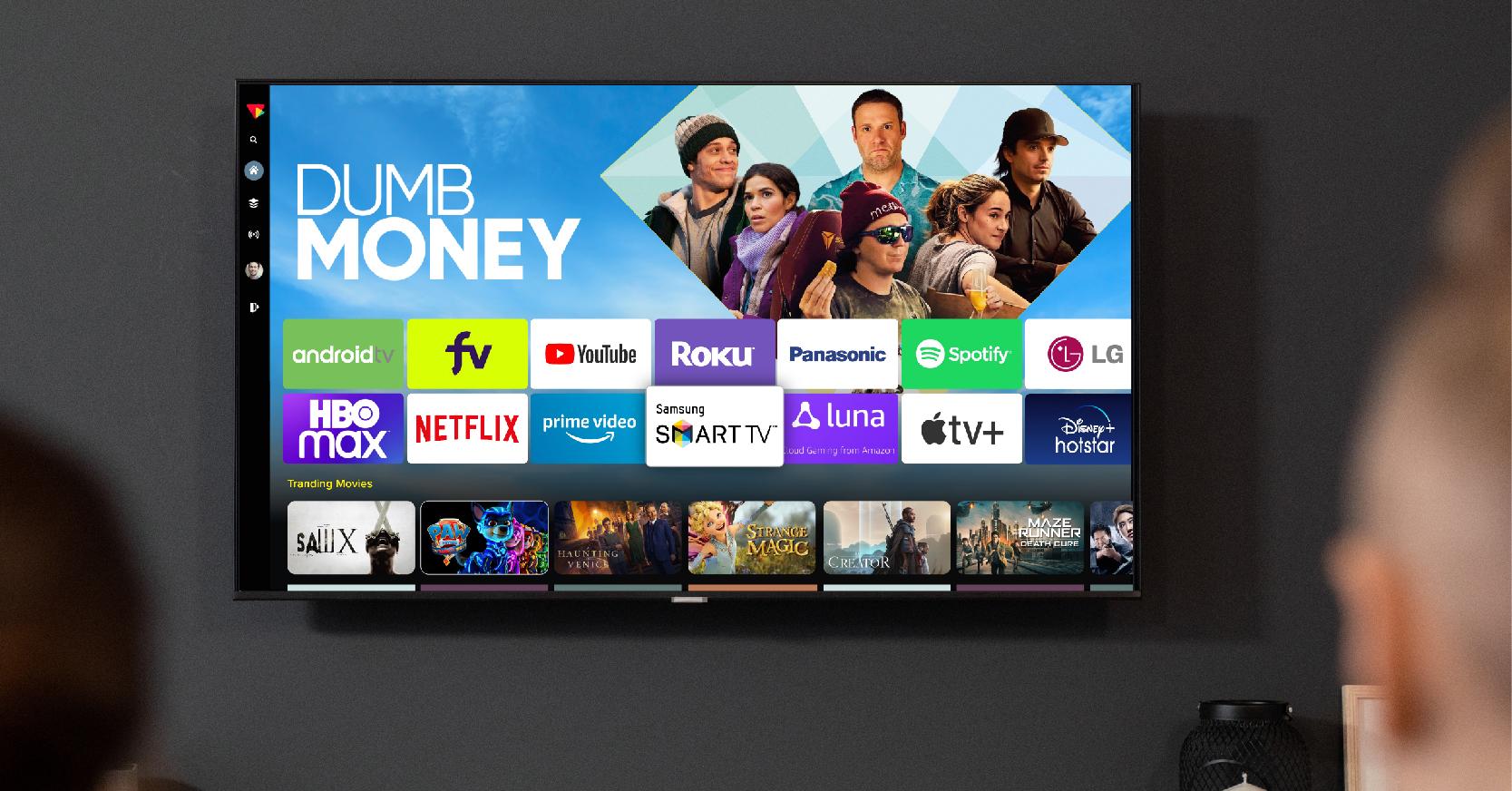The 45-Second Trick For Apollo Group Tv
Table of ContentsThe 6-Second Trick For Apollo Group TvSome Of Apollo Group TvAll about Apollo Group TvOur Apollo Group Tv PDFs
In this scenario, instead than having three-minute commercial areas during a 30-minute television program, TV shows may alter to one where a customer will certainly be required to have a month-to-month membership, to make sure that they cen view targeted banner advertisements. This kind of advertising already takes place on the web, and the quantity of data tv firms collect allows them to do much the exact same.Define the major trends among the broadcasting and cord networks. Popular radio reveals such as police dramatization Dragnet and western cowboy collection Gunsmoke were adapted for tv, and brand-new TV shows were sponsored by single marketers, just as radio shows had actually been.
Today, the tv sector is even more complicated. Programs are funded by numerous marketers; programming is controlled by significant media empires; and the three significant networks no more dominate the airwaves yet instead share their viewers with many cable television networks. Numerous aspects account for these patterns within the market, including technical developments, government guidelines, and the production of new networks.

Facts About Apollo Group Tv Uncovered
Also public television has come to be subject to the influence of advertising. Developed in 1969, (PBS) developed out of a record by the Carnegie Compensation on Educational Tv, which analyzed the duty of academic, noncommercial tv on society. The report advised that the federal government finance public television in order to give diversity of programs throughout the network eraa service developed "not to sell items" however to "boost citizenship and public service (McCauley, 2003)." Public tv was also meant to provide universal accessibility to tv for customers in backwoods or audiences who could not afford to pay for exclusive television services.
The period in between 1950 and 1970 is traditionally identified as the. Apart from a tiny section of airtime controlled by public television, the 3 significant networks (called the Big Three) dominated the tv sector, jointly making up more than 95 percent of prime-time watching. In 1986, Rupert Murdoch, the head of international business Information Corp, introduced the Fox network, challenging the prominence of the Big Three.
Targeting young and minority audiences with shows such as Buffy the Vampire Slayer, Moesha, Dawson's Creek, and The Wayans Bros., the brand-new networks intended to attract terminals far from their old network affiliations. Nevertheless, as opposed to repeating the success of Fox, UPN and WB had a hard time to make an influence. Not able to bring in lots of associate stations, the two new networks got to less families than their larger competitors due to the fact that they were impossible in some smaller sized cities.
This choice paved the way for the development of cable movie networks, adding to the rapid growth of cable television in the 1980s and 1990s. apollo tv group. Further deregulation of cable in the 1984 Cable Communications Plan Act got rid of constraints on cable television rates, enabling drivers to bill what they desired for cable television services as long as there worked competitors to the solution (a criterion that over 90 percent of all cord markets might meet)
The Buzz on Apollo Group Tv

Having produced the initial "superstation," Turner expanded his realm by starting 24-hour news network CNN in 1980. At the end of the year, 28 national programs solutions were readily available, and the wire revolution had begun. Over the next decade, the sector underwent a period of fast growth and popularity, and by 1994 customers can select from 94 basic and 20 premium cable services.
Figure 9 - https://apollo-group-tv-3.jimdosite.com/.16 Increased competitors from cable channels has actually caused a constant decline in the networks' audience rankings. During the 1950s, the cost of creating a solitary tv show boosted as programs came to be much longer and production expenses rose. Sponsorship on network tv shifted from solitary sponsorship, in which a program was completely sustained and generated by one advertiser, to multiple sponsorship, in which redirected here marketers purchased 1- or 2-minute areas on the program
Choose one of the Big Four networks and publish out its regular shows schedule. Watch the network's prime-time programs over the course of a week, noting the target demographic for each show.
The smart Trick of Apollo Group Tv That Nobody is Discussing

Direct television, often referred to as standard program television, incorporates cable and satellite television. It's called "direct" due to the fact that content adheres to a predetermined programming timetable, unlike on-demand web content which the individual audience makes a decision to see based on their own preferences and timetable. So, when you ask, "What is linear TV?", think about it as the timeless method of seeing TV that has been around for decades.
Comments on “The 2-Minute Rule for Apollo Group Tv”